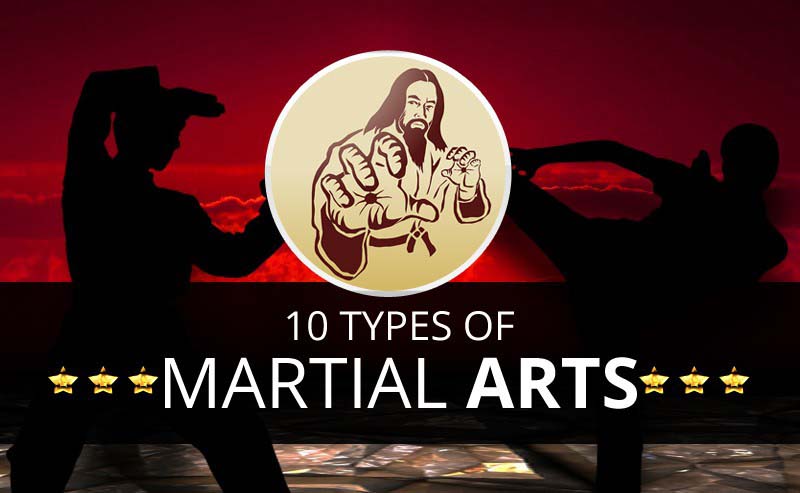In What Ways Do Conventional Martial Arts Focus On Self-Control Contrasted To The Competitive Nature Of Modern-Day Battle Sports? Reveal The Essential Differences That Can Impact Your Journey
In What Ways Do Conventional Martial Arts Focus On Self-Control Contrasted To The Competitive Nature Of Modern-Day Battle Sports? Reveal The Essential Differences That Can Impact Your Journey
Blog Article
Author-Sherman Burch
When you think about martial arts, do you lean more towards the traditional techniques or the contemporary fight sports? Each course offers one-of-a-kind benefits and experiences, shaped by their approaches and training approaches. Typical martial arts stress individual development and technique, while modern-day fight sporting activities focus on competitors and efficiency. Comprehending these differences can lead you in picking the ideal strategy for your trip. But exactly how do these differences manifest in training and ideology?
The Philosophy and History Behind Standard Martial arts
While many individuals link martial arts with physical fight, the viewpoint and history behind conventional martial arts run much deeper. You'll discover that these self-controls stress individual growth, discipline, and regard.
Stemming from old methods, standard martial arts were commonly established for Self-Defense and spiritual growth. They personify concepts such as balance, harmony, and self-constraint, guiding professionals past plain battling abilities.
As you train, you'll not only learn techniques yet also acquire understandings right into the society and values that shaped these arts. The rituals and practices, commonly passed down via generations, cultivate a feeling of neighborhood and belonging.
The Affordable Nature of Modern Combat Sports
Modern battle sports have actually transformed the landscape of martial arts into a very affordable field, where professional athletes face off in an examination of skill, technique, and endurance.
You'll observe that competitions are typically organized with rigorous guidelines and laws, making sure fair game and safety. These occasions attract huge target markets, sustaining the exhilaration and intensity of competitions.
Professional athletes train carefully, not just for physical prowess however additionally for mental toughness, recognizing that every detail counts in the ring. The adrenaline thrill during competitors is apparent, as fighters push their restrictions to declare triumph.
what martial art should i learn and artistry entailed, making modern combat sports a thrilling spectacle that continues to develop and captivate lovers around the globe.
Training Approaches and Strategies: A Relative Evaluation
The affordable environment of modern combat sporting activities demands innovative training approaches that vary substantially from conventional martial arts.
In modern-day training, you'll focus on certain methods, sparring, and conditioning, typically using drills that replicate genuine fight situations. You'll see a focus on measurable performance and frequent competitors to analyze your skills.
On the other hand, conventional martial arts prioritize forms, katas, and philosophical mentors, typically highlighting self-control and respect over competition.
Training is normally less intense and may involve repetitive practice instead of real-time sparring.
While both methods develop skill and fitness, contemporary combat sports supply a much more dynamic and adaptable training setting, preparing you for instant obstacles in the ring or cage.
Choose japanese martial arts that straightens with your goals and rate of interests.
Verdict
In selecting in between traditional martial arts and modern battle sports, it actually boils down to what you value many. If you're seeking personal growth, self-control, and a feeling of neighborhood, conventional arts could be your ideal fit. However if you prosper on competitors and real-time obstacles, modern combat sporting activities could be the means to go. Eventually, both paths offer special benefits, so it's all about aligning your training with your personal goals and interests.
